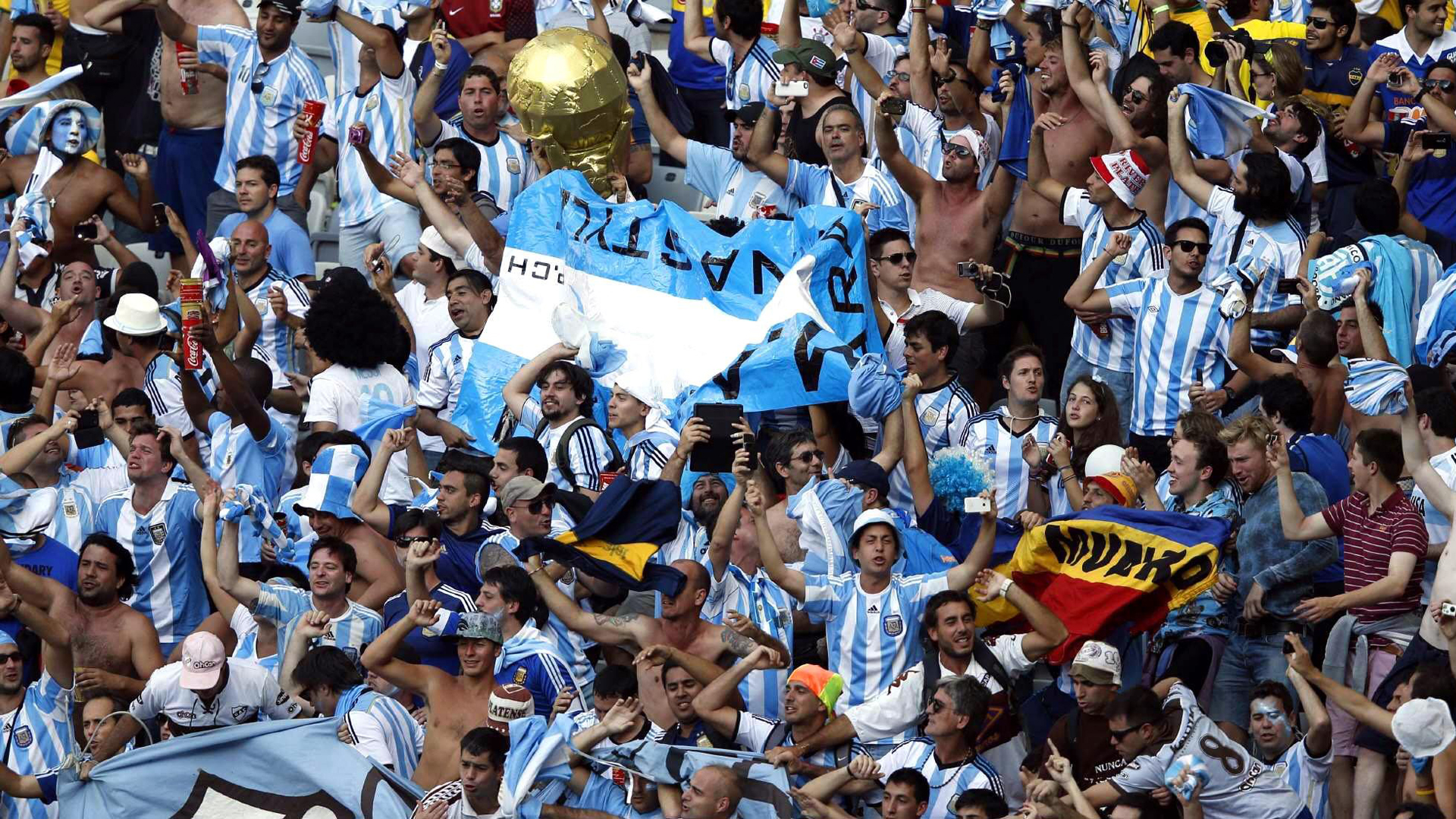Your cart is currently empty!

From the Commons to the Superclásico — A Short History of Football in Argentina and Why It Stirs the Nation
Football arrived in Argentina as an imported pastime and became the country’s greatest cultural engine. What began on the grass of British-run schools and docks evolved into neighborhood clubs, mass stadiums and a language of its own. This post traces the key moments in that transformation and explains why football continues to move Argentines so deeply — on matchdays, in family stories, and in politics.
A brief history — milestones that mattered:
- The beginnings (late 19th century): Football was introduced by British expatriates, schoolteachers and railway workers. Early teams and informal matches took root in Buenos Aires, Rosario and the port cities, where British influence was strongest.
- Organized football and the AFA (1890s): As clubs proliferated, Argentine football began to organize itself. National and regional competitions followed, and clubs with ties to working-class neighborhoods and immigrant communities rose in prominence.
- The amateur era and early icons (early 20th century): Clubs such as Alumni, Boca Juniors, River Plate, Independiente, Racing and San Lorenzo established themselves and built the deep local loyalties that persist today.
- Professionalization (1930s): Football turned professional, increasing its reach, funding and the intensity of rivalries. Stadiums expanded and club culture became more institutionalized.
- International success and myth-making (mid–late 20th century): World Cups and continental tournaments created icons. The 1978 World Cup (hosted and won by Argentina) and the 1986 triumph led by Diego Maradona — with its infamous “Hand of God” and the “Goal of the Century” — forged heroes and stories that entered the national mythology.
- Clubs on the continent: The Copa Libertadores became a stage for epic club rivalries; clubs like Independiente, Boca and River built continental legacies that amplified local pride.
- Modern era — global stars and modern triumphs: The rise of Lionel Messi as a generational talent, plus Argentina’s continued presence at the highest levels of world football, linked a global club-dominated era back to the country’s long tradition of producing individual genius.
Why football drives such passion in Argentina:
- Football is woven into identity and community. Clubs are more than teams, they are social clubs, community centers and extended families. Neighborhood identities (barrio allegiances) are passed down: parents take children to the same club, wear the same colors, and learn the same chants. Supporting a club often means belonging to a network of friends, relatives and neighbors.
- It’s accessible and deeply social. Football requires little equipment and can be played on any spare plot of land. That accessibility made it the sport of choice for immigrants and working-class youth, who used it to build social ties and imagine different futures. Matchdays offer rituals — mate shared in the stands, neighborhood processions, songs and street celebrations — that reinforce social bonds.
- Heroes and storytelling. Players become living myths. From early local stars to Maradona and Messi, footballers embody hopes, pride and escape. A single match can reshape a generation’s memory: Maradona’s 1986, or Argentina’s more recent triumphs, become reference points in family histories and national conversation.
- Rivalries that feel existential. Derbies like the Superclásico (Boca Juniors vs. River Plate) are about more than points: they stand in for class, geography, history and honor. These matches are intensely local and symbolically national, producing rituals, songs and dramatic narratives that recur season after season.
- Political and social projection. Football has been a canvas for political actors and social movements. Governments have used victories to build legitimacy; clubs have been sites of political organizing. Stadiums have hosted not just sport but demonstrations of power, belonging and resistance. Because football is so public and visible, it often becomes a proxy for wider civic emotions.
- Aesthetic culture: style and creativity. Argentine football prizes technique, improvisation and “la nuestra” — a style associated with short passing, dribbling and creativity. That aesthetic resonates with a culture that values artistry in music, dance (tango) and everyday expression. Watching a beautiful play can feel like witnessing a piece of national poetry.
- Rituals, songs and atmosphere. Stadiums in Argentina are vocal, rhythmic and sometimes overwhelming: flares, drums, coordinated chants, banners and the presence of “barras” (organized supporter groups) create an immersive sensory experience. That atmosphere turns every match into an event and every supporter into a participant.
- Complications and tensions. The same intensity that fuels community and beauty also brings darker elements: hooliganism, organized fan groups whose behavior sometimes turns violent, and political manipulation of clubs. These problems are real and complex, but they also reflect how central football has become to Argentine life — when something is that important, it will reflect the best and worst of society.
Football in Argentina is more than a sport — it’s a habit, a story and a language that crosses generations. Whether you’re watching a neighborhood match or a World Cup final, you’re witnessing a long conversation between place, people and play.
Photo credits: Milton Del Moral


Leave a Reply